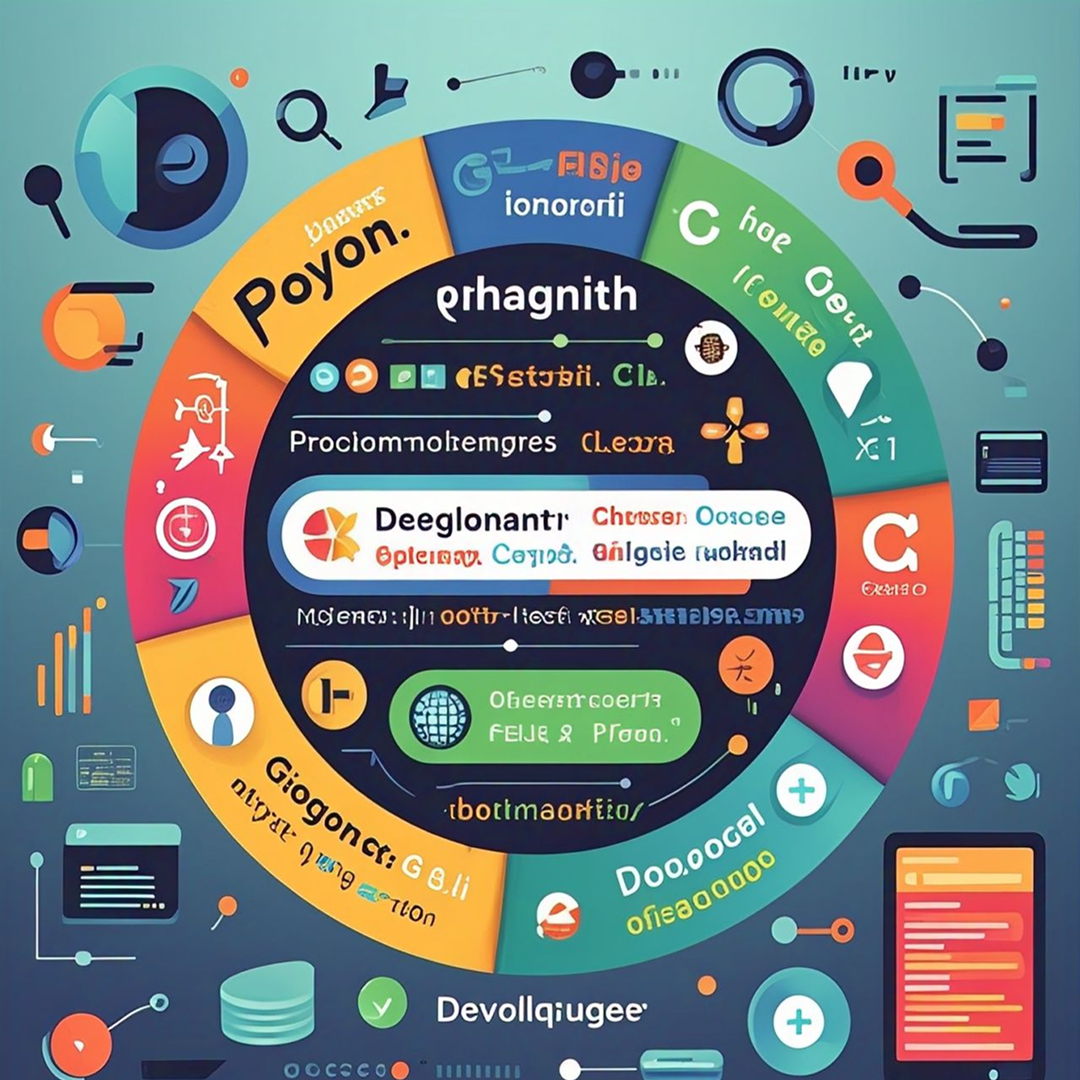Code Refactoring: Transforming Programs for Better Maintainability and Performance

Introduction
Code refactoring is a critical practice in software engineering, involving systematic modifications to improve code structure, performance, and maintainability without altering its external behavior. As software systems grow in complexity, code refactoring becomes essential for adapting to new requirements, optimizing performance, and ensuring long-term maintainability. In this blog, we will explore the methodologies, techniques, and applications of code refactoring, highlighting its significance in modern software development.
What is Code Refactoring?
Code Refactoring refers to modifying a program’s structure while preserving its original behavior. It ensures better readability, maintainability, and adaptability. This transformation occurs at different levels, including source code, intermediate representations, and machine code.
The process is categorized into:
Syntax Transformation: Changing code structure without modifying its functionality (e.g., renaming variables, reformatting).
Semantic Transformation: Altering the logic to optimize performance, such as improving algorithms or data structures.
How Programming Environments Support Code Refactoring
Programming environments provide essential tools to support Code Refactoring, including:
1. Syntax Checking: Ensures adherence to syntax rules, preventing transformation errors.
2. Refactoring Tools: Automate restructuring while maintaining external behavior.
3. Code Analysis: Identifies redundant code, bottlenecks, or necessary transformations.
4. Version Control Systems: Track changes, enabling developers to manage refactoring efforts effectively.
Effective Methodologies
Several methodologies help in executing Code Refactoring efficiently:
1. Transformational Programming: Systematic transformation using predefined rules.
2. Refactoring Principles: Techniques like DRY (Don’t Repeat Yourself) and KISS (Keep It Simple, Stupid) improve code quality.
3. Program Synthesis: Automated generation of optimized implementations.
4. Aspect-Oriented Programming (AOP): Separates cross-cutting concerns like logging and security from core logic.
Practical Applications
CodeRefactoring significantly impacts software development by improving:
1. Performance Optimization: Enhances execution speed and memory efficiency through loop unrolling and function inlining.
2. Code Maintenance: Regular refactoring improves code longevity, particularly in large projects.
3. Platform Migration: Assists in transitioning codebases to new languages or environments.
4. Automated Testing: Adapts test cases for evolving software versions.
Challenges in Code Refactoring
Despite its benefits, CodeRefactoring faces hurdles:
1. Complexity of Rules: Defining transformation rules can be intricate and prone to errors.
2. Tool Support Limitations: Varying effectiveness across programming environments.
3. Resistance to Change: Developers may hesitate due to concerns about bugs or effort involved.
Challenges in Program Transformation
Despite its benefits, code refactoring presents several challenges:
1. Complexity of Transformations
Designing transformations that preserve semantics can be complex, especially for large codebases. Ensuring transformations do not introduce bugs requires careful analysis.
2. Tooling and Automation
The effectiveness of available tools varies across development environments
3. Resistance to Change
Organizations may resist adopting it practices due to concerns about potential disruptions or the learning curve.
4. Balancing Performance and Maintainability
Optimizing code for performance can lead to less maintainable code. Striking the right balance is crucial for long-term success.
Conclusion
In conclusion, Mastering the Art of Coding through code refactoring is essential for building high-quality, maintainable, and efficient software. By systematically improving code structure and performance, developers can adapt to evolving requirements, reduce technical debt, and ensure long-term success. As software systems grow in complexity, code refactoring will remain a cornerstone of modern software engineering, empowering developers to create robust and scalable applications.
Do you like to read more educational content? Read our blogs at Cloudastra Technologies or contact us for business enquiry at Cloudastra Contact Us.